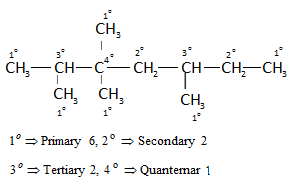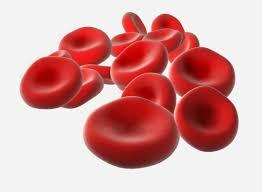11th And 12th > Biology
BODY FLUIDS AND CIRCULATION MCQs
:
C
Coronary circulation is responsible for supplying blood to the muscles of the heart. From the aorta coronary arteries supply oxygenated blood to the heart muscles while coronary veins carry deoxygenated blood away from the heart muscles. If this circulation is removed our heart muscles will not receive oxygen and will eventually stop contracting.
:
B
When the heart pumps blood into the systemic circulation, it does so with a huge amount of pressure. This pressure becomes a waveform that travels through the arteries ahead of the actual column of the blood which is pumped out. This waveform creates the throbbing sensation we feel when we palpate peripheral arteries. This is what we call the pulse. The normal pulse or heart rate is around 70 to 75 times per minute averaging at 72 beats per minute. Atrial fibrillation is where the ineffective pumping of the heart becomes insufficient to produce waveforms that can reach the periphery. Any heart rate above 100 beats per minute is considered tachycardia and anything below 60 beats per minute is called bradycardia.
:
D
Fats are absorbed from the digestive system by lymphatic vessels called lacteals, which contain a fluid mixture of fats and lymph called chyle. Fats are not absorbed in the blood capillaries as they are too small. So the fats enter the large pores of lacteals instead.
:
C
Veins carry blood back into the heart and for it less pressure is required. Therefore, veins have comparatively thinner walls than arteries.
:
C
Blood Group is decided by the Antigen that is present on the RBCs.
:
D
The tunica media is the middle layer of an artery or vein. It lies between the tunica intima on the inside and the tunica externa on the outside.The tunica media, or middle coat, is made up principally of smooth (involuntary) muscle cells and elastic connective tissues arranged in roughly spiral layers.It has the autonomic control of which can alter the diameter of the vessel and affect the blood pressure.
:
B
The synovial fluid acts as a lubricant in the joints of the bones. The intraocular fluid present in the eyes supplies nutrition and also maintains the pressure in the eye.
The cerebrospinal fluid acts primarily as a shock absorber but also supplies nutrition. The intracellular fluid, which is present inside the cell, maintains the shape and size of cell.
:
A
The most fundamental heart sounds are the first and second sounds, usually abbreviated as S1 and S2. S1 is caused by closure of the mitral and tricuspid valves at the beginning of isovolumetric ventricular contraction S1 is normally slightly split (~0.04 sec) because mitral valve closure precedes tricuspid valve closure; however, this very short time interval cannot normally be heard with the stethoscope and hence only a single sound is perceived. S2 is caused by closure of the aortic and pulmonic valves at the beginning of isovolumetric ventricular relaxation
:
D
Although all of the heart's cells have the ability to generate the electrical impulses (or action potentials) that trigger cardiac contraction, the sinoatrial node normally initiates it, simply because it generates impulses slightly faster than the other areas with pacemaker potential, all the other portions of the conducting system other than the SA node, produce action potentials at a much slower rate, it would maintain our heart rate.
:
A
RBCs are usually biconcave and circular in shape. This gives them more surface area resulting in efficient binding of oxygen molecules. Moreover, due to the lack of organelles, the RBCs cannot and need not utilise the oxygen they carry for themselves. This also gives them flexibility.


















